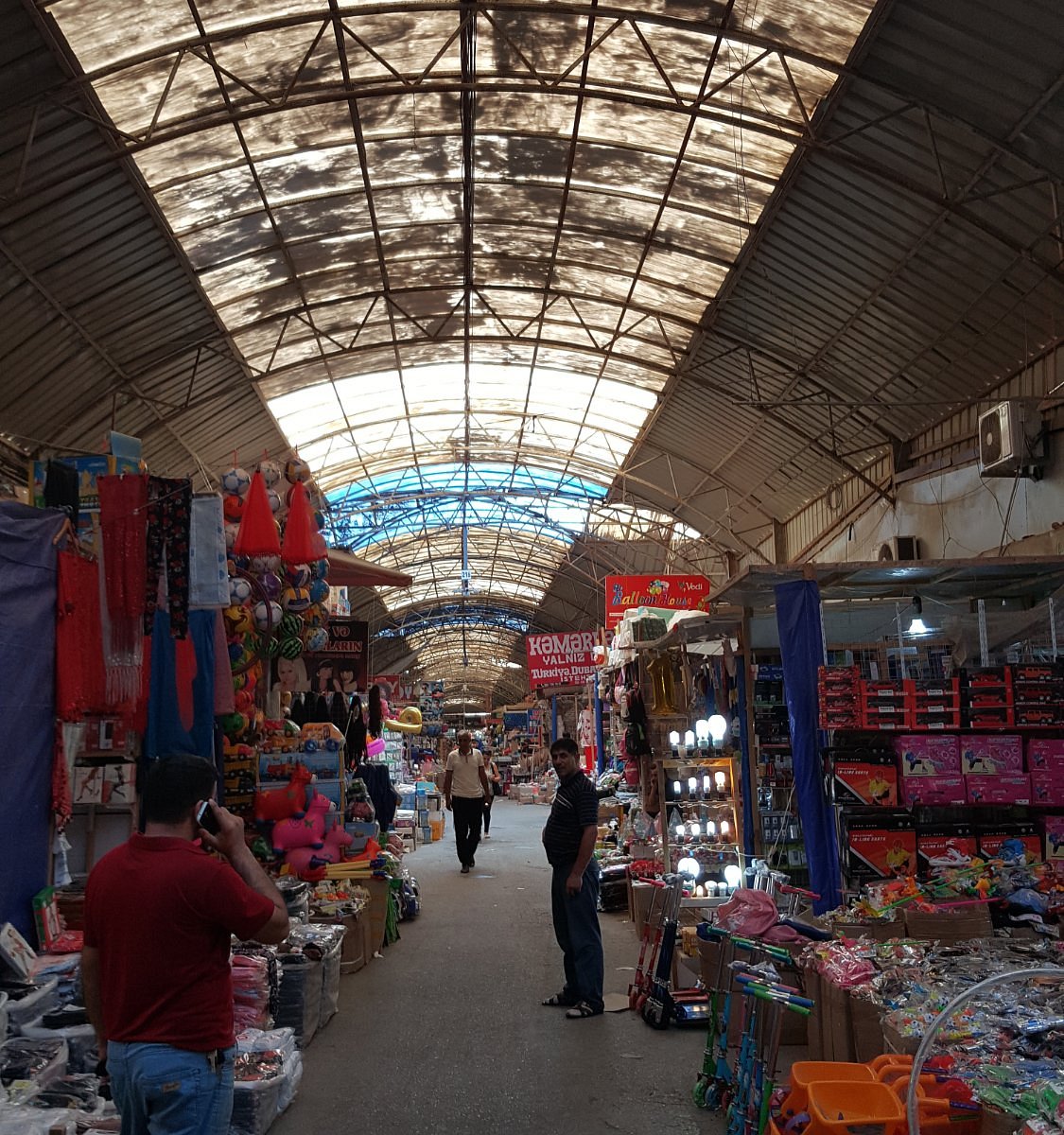India is projected to expand its retail real estate sector significantly, with an addition of 30 million square feet of shopping mall space over the next three years.
India’s Retail Real Estate Growth: A Look Ahead
A report by the real estate data analytics platform CRE Matrix anticipates that this growth will propel the total shopping mall area to around 200 million square feet by 2036.
Historical Context of Mall Development
The report emphasizes that India has seen substantial growth in shopping mall construction since the first one opened in 1991. It took 22 years to develop 50 million square feet of mall space, primarily driven by regions like Delhi-NCR, the Mumbai Metropolitan Region, and Bengaluru. The growth towards the 100 million square feet milestone, which is expected to be achieved in the first half of 2024, is being led by these same areas, alongside emerging markets such as Hyderabad and Pune.
Shifts in Consumer Demand
Significant changes in consumer demand patterns have been noted in the report. From 2018 to 2024, there has been a notable shift towards premium and luxury brands becoming the leading occupiers in India’s retail space. The mid-market segment, which previously accounted for 38% of the retail landscape in 2018, is now making way for value-for-money and affordable luxury brands.
Data from the report shows that the contribution of luxury brands has grown from 16% to 21%, while value-for-money brands have seen a rise from 8% to 13% during the same period.
Implications for Retail Spaces
With a current roster of over 7,300 brands, the upcoming growth presents opportunities for malls, high streets, and brands to align their offerings with evolving consumer preferences. The report highlights that consumer durables and apparel make up the largest category in the Indian retail market, accounting for 36% of the overall retail business in the top six cities. Notably, the non-ethnic unisex apparel category has dominated since 2018, holding a 17% market share.
Consumer staples follow as the second largest category, contributing 25% to the business value. Successful retail locations are strategically curating their brand mix to match these proportions, thus ensuring higher foot traffic.
Emerging Segments in Retail
In response to changing consumption trends, segments like jewellery and precious stones, sportswear, and bars and breweries have doubled their contribution to the retail market, now accounting for 11% over the past five years, as indicated in the report.
This anticipated growth and shifting dynamics within India’s retail real estate landscape highlight the need for retailers and shopping venues to adapt to evolving consumer demands.























